Die unsichtbaren Risiken des Fahrens bei Nacht und schlechter Sicht
Wärmebild-Nachtsicht Die Sichtbarkeit gewinnt an Bedeutung, da sie nachts zu den unvorhersehbarsten Herausforderungen für Autofahrer zählt. Bei Nebel, starkem Regen oder völliger Dunkelheit kann die Reaktionszeit auf wenige Sekunden reduziert sein, was oft nicht ausreicht, um eine Gefahr zu vermeiden. Standardscheinwerfer bieten unter solchen Bedingungen nur begrenzte Hilfe, insbesondere auf unbeleuchteten Straßen, wo Fußgänger oder Tiere ohne Vorwarnung auftauchen können.
Das Besondere an der Wärmebild-Nachtsicht ist ihre Fähigkeit, Wärme zu erkennen, anstatt sich auf sichtbares Licht zu verlassen. Sie ermöglicht es Fahrern, ihre Umgebung auch dann im Blick zu behalten, wenn herkömmliche Systeme versagen. Da die Verkehrssicherheit proaktivere Technologien erfordert, werden Wärmebildkameras zunehmend nicht nur als Verbesserung, sondern als Notwendigkeit für modernes Fahren anerkannt. 
So funktioniert die Wärmebild-Nachtsicht
Wärmebild-Nachtsichtgeräte erkennen die natürliche Wärmeabstrahlung von Menschen, Tieren und anderen Objekten in ihrer Umgebung. Diese für das menschliche Auge unsichtbaren Infrarotsignale werden in Wärmebilder umgewandelt, die Temperaturunterschiede in der Umgebung sichtbar machen. Da Lebewesen in der Regel mehr Wärme abgeben als ihre Umgebung, sind sie in Wärmebildern selbst bei schwacher oder fehlender Beleuchtung deutlich zu erkennen.
Im Gegensatz zu Kameras mit sichtbarem Licht, die auf Scheinwerfer oder Straßenlaternen angewiesen sind, funktionieren Wärmebildsysteme auch bei völliger Dunkelheit zuverlässig. Das macht sie besonders effektiv bei komplexen Fahrbedingungen, bei denen die Beleuchtung eingeschränkt oder gar nicht vorhanden ist. Anstatt auf reflektiertes Licht angewiesen zu sein, interpretieren sie Wärmesignale und bieten so eine grundlegend andere und äußerst zuverlässige Möglichkeit, die Straße bei schlechter Sicht zu visualisieren.

Die steigende Nachfrage nach sichereren Fahrfunktionen ist ein Grund, warum immer mehr Autofahrer auf fahrzeugmontierte Wärmebildsysteme setzen. Ein anschauliches Beispiel für diese Technologie in der Praxis ist der Thermal Master NV300 Max, der speziell für reale Nachtfahrten entwickelt wurde. Der NV300 Max unterstützt die Kollisionsverhütung bei Nacht bis zu 274 Metern und nutzt KI-basierte Lebenserkennung, um in nur 0,1 Sekunden Warnungen auszugeben. Seine 512×384 Dual-Spectrum-Fusion-Bildgebung kombiniert Wärme- und sichtbare Lichtdaten und liefert klare, hochauflösende Bilder in unterschiedlichsten Umgebungen.
Das System ist für die nahtlose Integration in moderne Fahrzeuge konzipiert. Es verfügt über einen schwebenden 6,4-Zoll-Full-HD-Touchscreen, lässt sich in etwa fünf Minuten installieren und ist mit einer Vielzahl von Modellen kompatibel, darunter auch Tesla. Jeder Aspekt des NV300 Max ist darauf ausgelegt, die Sicht zu verbessern, die Reaktionszeit zu verkürzen und ein sichereres Fahren zu ermöglichen, ohne die Komplexität zu erhöhen.

5 Vorteile der Wärmebild-Nachtsicht
1. Früherkennung von Fußgängern und Tieren
Mithilfe von Wärmebildkameras können Fahrer die Anwesenheit von Menschen oder Tieren anhand der Körperwärme erkennen, oft Sekunden bevor diese im Scheinwerferlicht sichtbar werden. Diese verlängerte Reaktionszeit ist besonders auf Landstraßen oder in schwach beleuchteten Gegenden wichtig, wo Fußgänger oder Wildtiere unerwartet auftauchen können.
2. Zuverlässige Sicht bei rauem Wetter
Nebel, Regen und Schnee beeinträchtigen häufig die Leistung herkömmlicher Scheinwerfer und Kameras. Wärmebild-Nachtsichtgeräte hingegen erkennen Wärme, anstatt sich auf reflektiertes Licht zu verlassen, und sorgen so auch bei schlechtem Wetter für gleichbleibende Sicht. So bleiben Fahrer auch bei schlechtem Tageslicht aufmerksam und aufmerksam.
3. Resistenz gegen Blendung und Lichtstörungen
Intensive Lichtquellen wie Fernlicht oder hell leuchtende Schilder können die Sicht des Fahrers kurzzeitig beeinträchtigen. Die Wärmebildgebung bleibt von diesen Sichtstörungen unberührt und liefert ein klares und stabiles Bild der Straße. Diese visuelle Konsistenz reduziert die Belastung und unterstützt eine sicherere Navigation bei komplexen Lichtverhältnissen.

4. Klare Identifizierung nicht lebender Gefahren
Mit Wärmebild-Nachtsichtgeräten lassen sich nicht nur Menschen und Tiere, sondern auch unbelebte Objekte erkennen, deren Temperatur sich von ihrer Umgebung unterscheidet. Dazu gehören geparkte Autos, heruntergefallene Äste oder Straßenausrüstung, die im Dunkeln schwer zu erkennen sind, bis es zu spät ist, um zu reagieren.
5. Weniger Müdigkeit und mehr Selbstvertrauen
Autofahren im Dunkeln erfordert ständige Konzentration, was mit der Zeit zu Ermüdung führen kann. Wärmebildsysteme entlasten den Fahrer durch konstant klare Bilder auch bei schlechten Lichtverhältnissen. Dies trägt zu einem entspannteren und sichereren Fahrerlebnis bei, insbesondere auf langen Nachtfahrten.
Eine sicherere Zukunft beginnt mit besserer Sichtbarkeit
Im Vergleich zu Standardscheinwerfern und Nachtsichtsystemen mit sichtbarem Licht hilft die thermische Nachtsicht dem Fahrer, früher und präziser zu reagieren, indem sie einen größeren Bereich der Straße vor ihm sichtbar macht. Mit einer Erkennungsreichweite von 275 Metern, KI-gestützten Warnungen in nur 0,1 Sekunden und hochauflösender Dual-Spectrum-Fusion verbessern Systeme wie der Thermal Master NV300 Max die Situationswahrnehmung unter Bedingungen, bei denen herkömmliche Sichtgeräte versagen.
Angesichts zunehmender Verkehrsüberlastung und unvorhersehbarer Wetterbedingungen reicht es nicht mehr aus, sich allein auf die Reaktionszeit zu verlassen. Die Wahl eines Wärmebild-Nachtsichtgeräts zeigt Ihr proaktives Engagement für die Verkehrssicherheit und gibt Fahrern die Möglichkeit, auch bei schlechtester Sicht klar zu sehen und sicher zu reagieren.


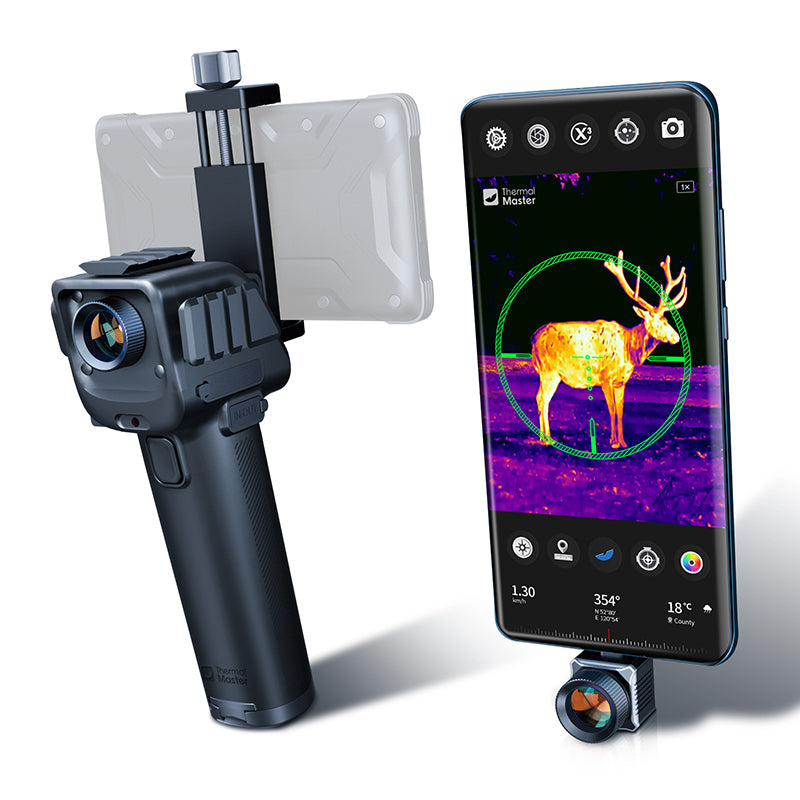
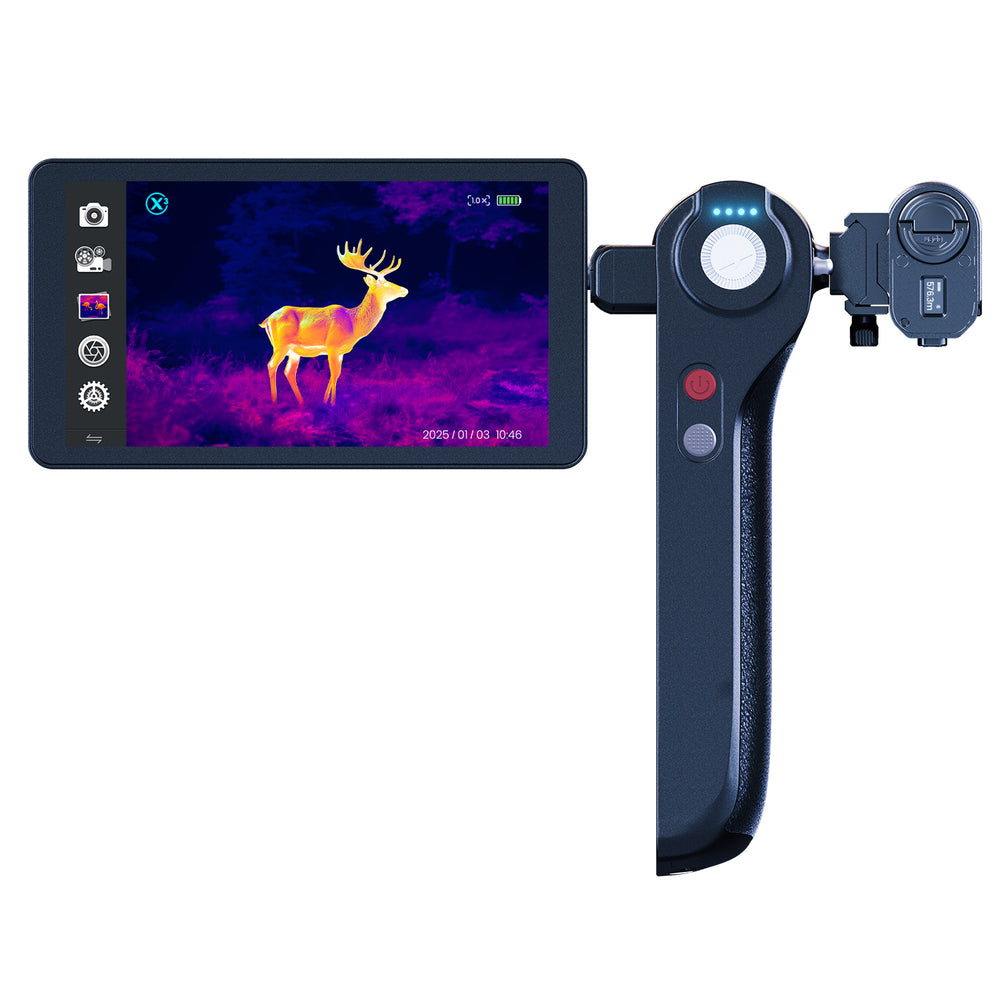
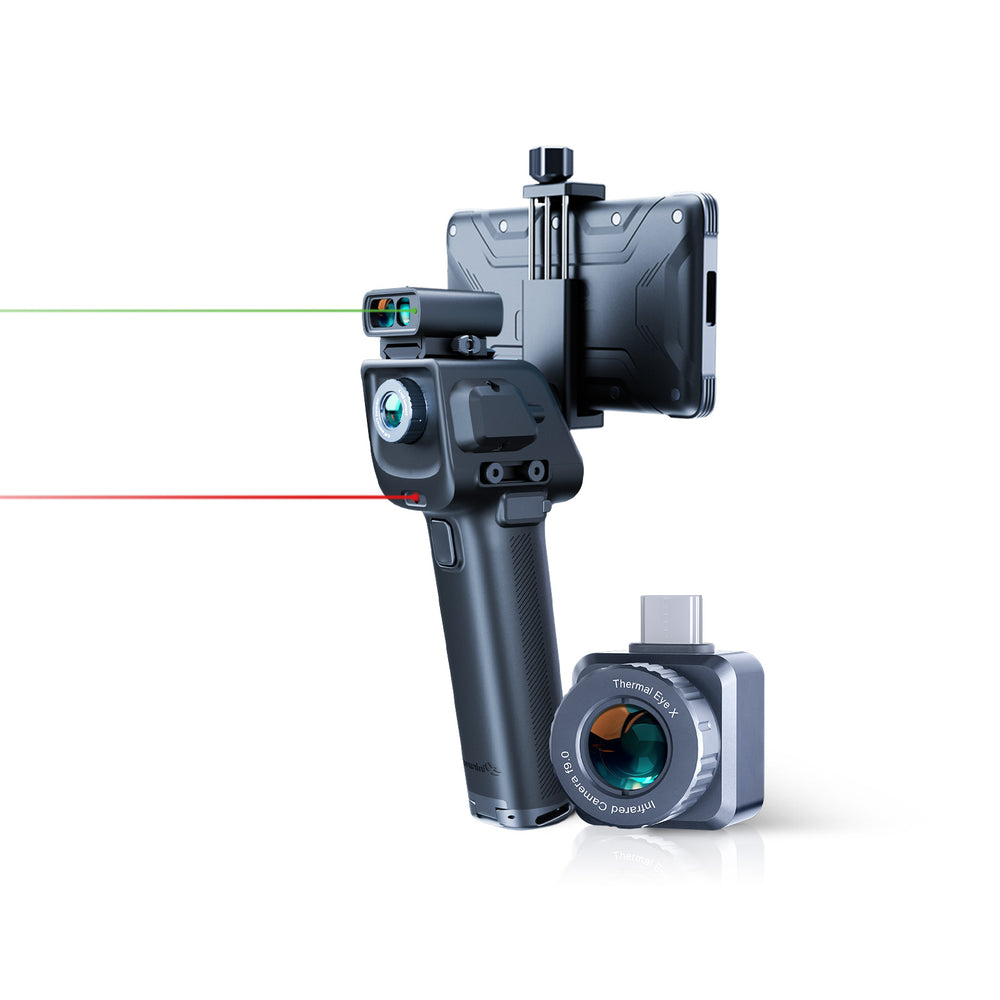
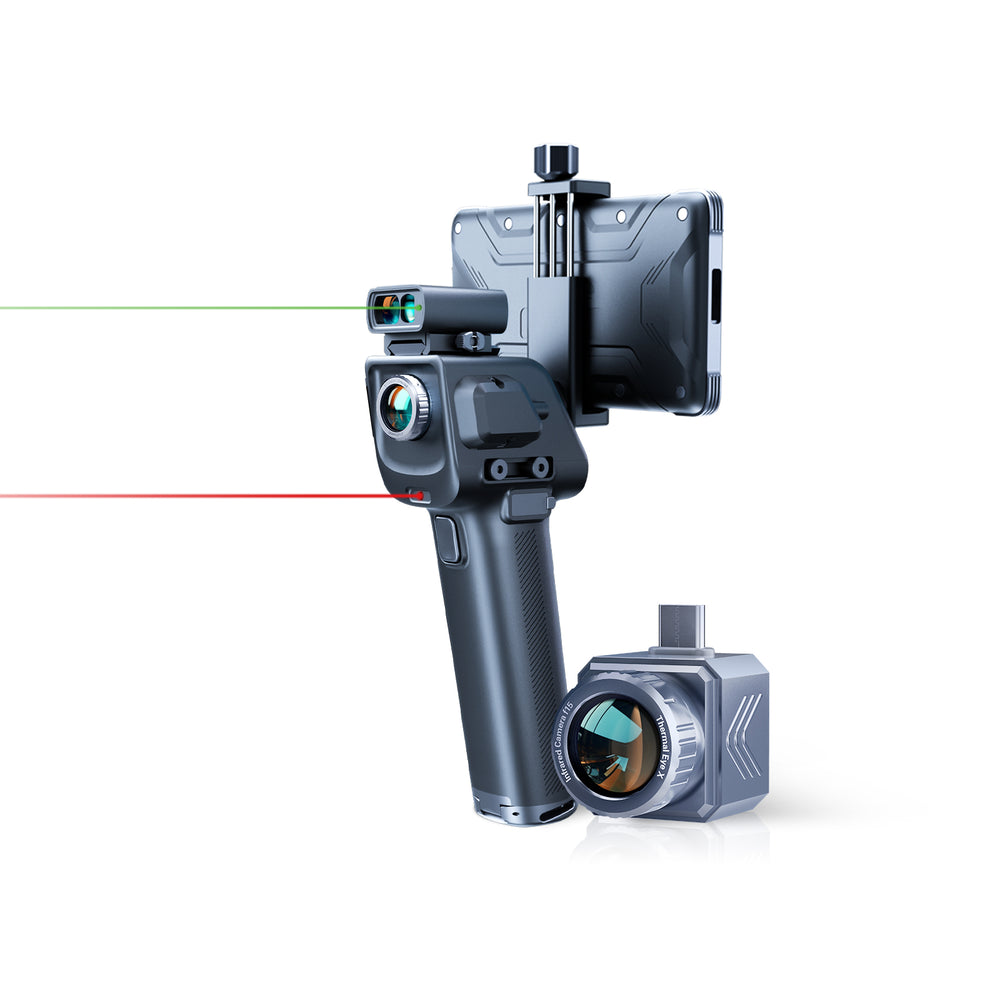
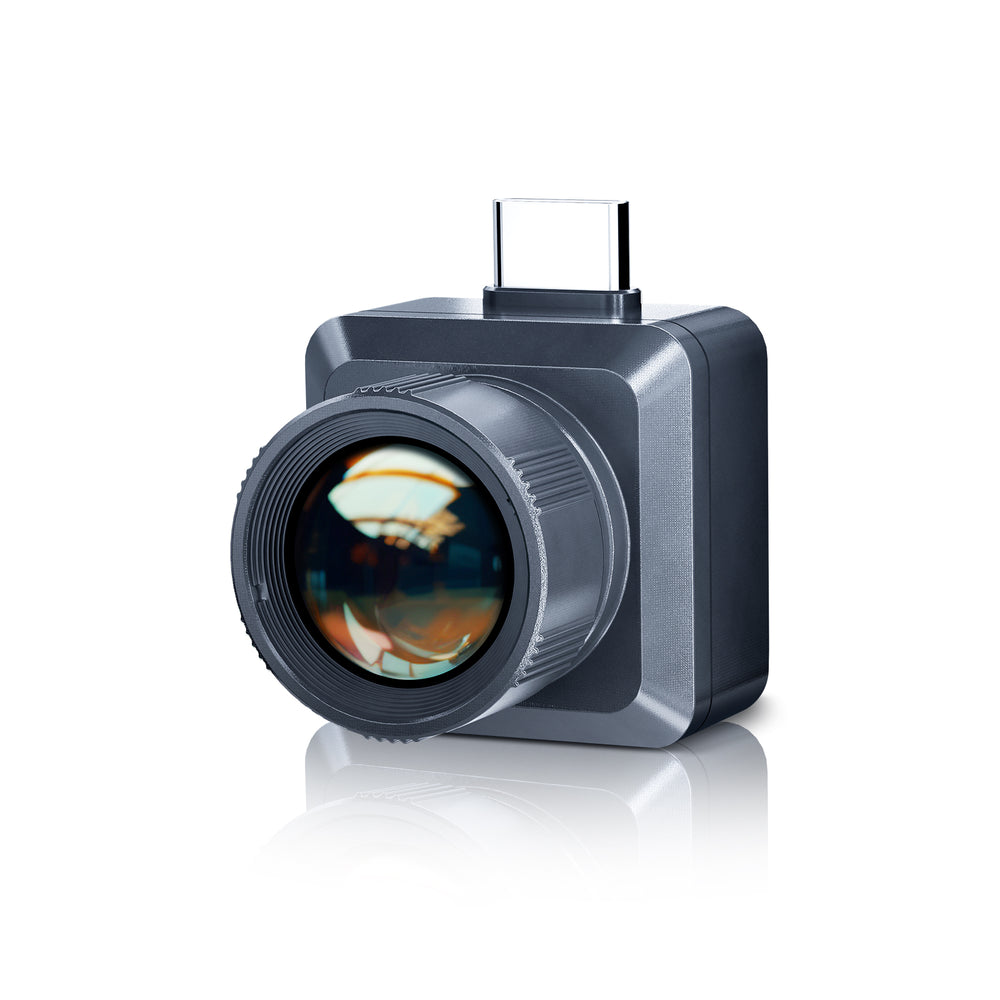
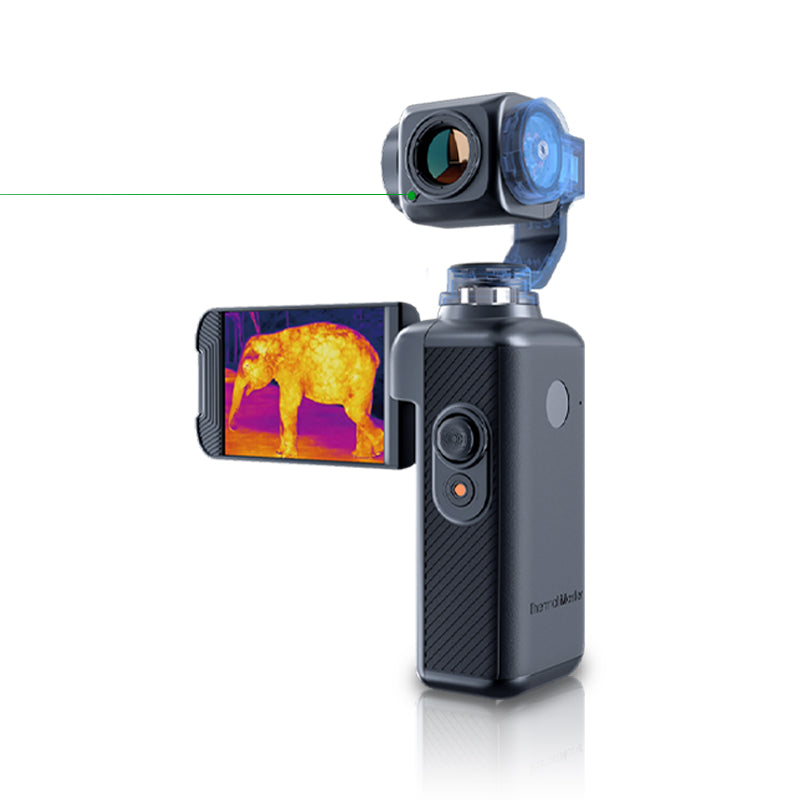
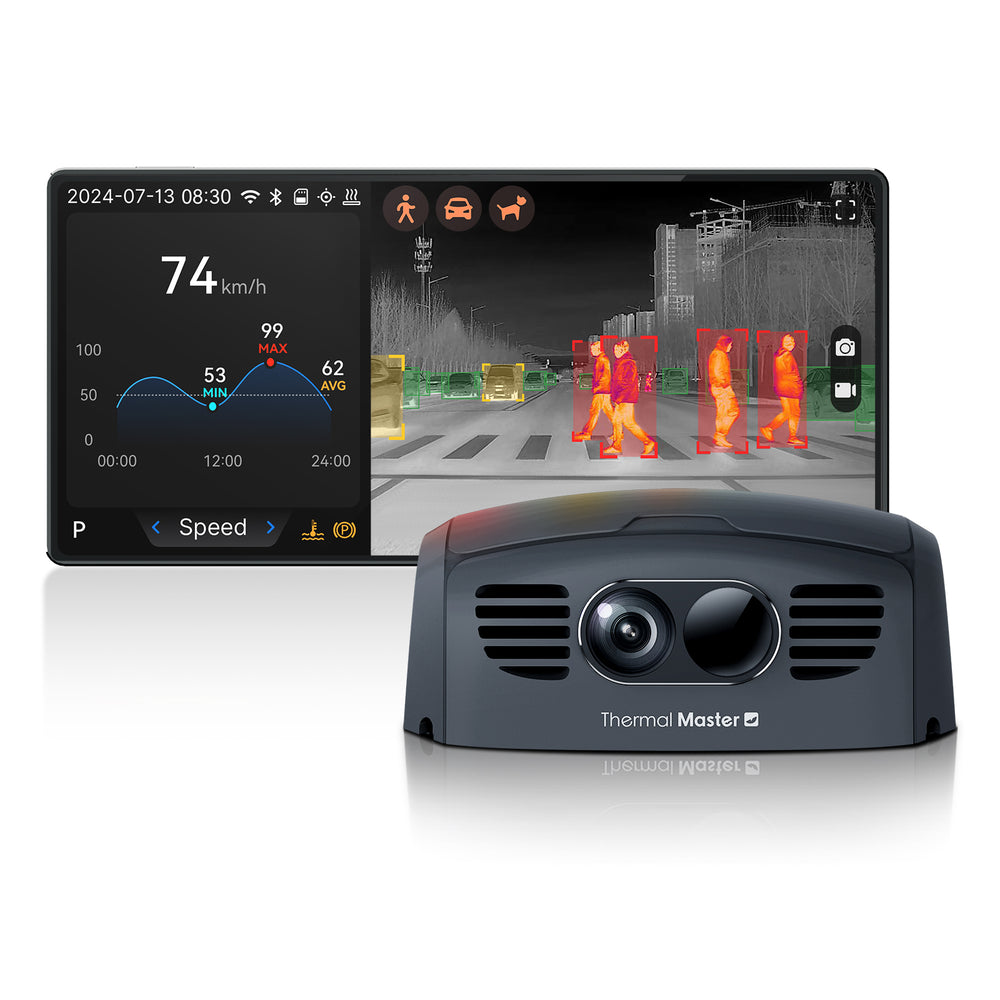
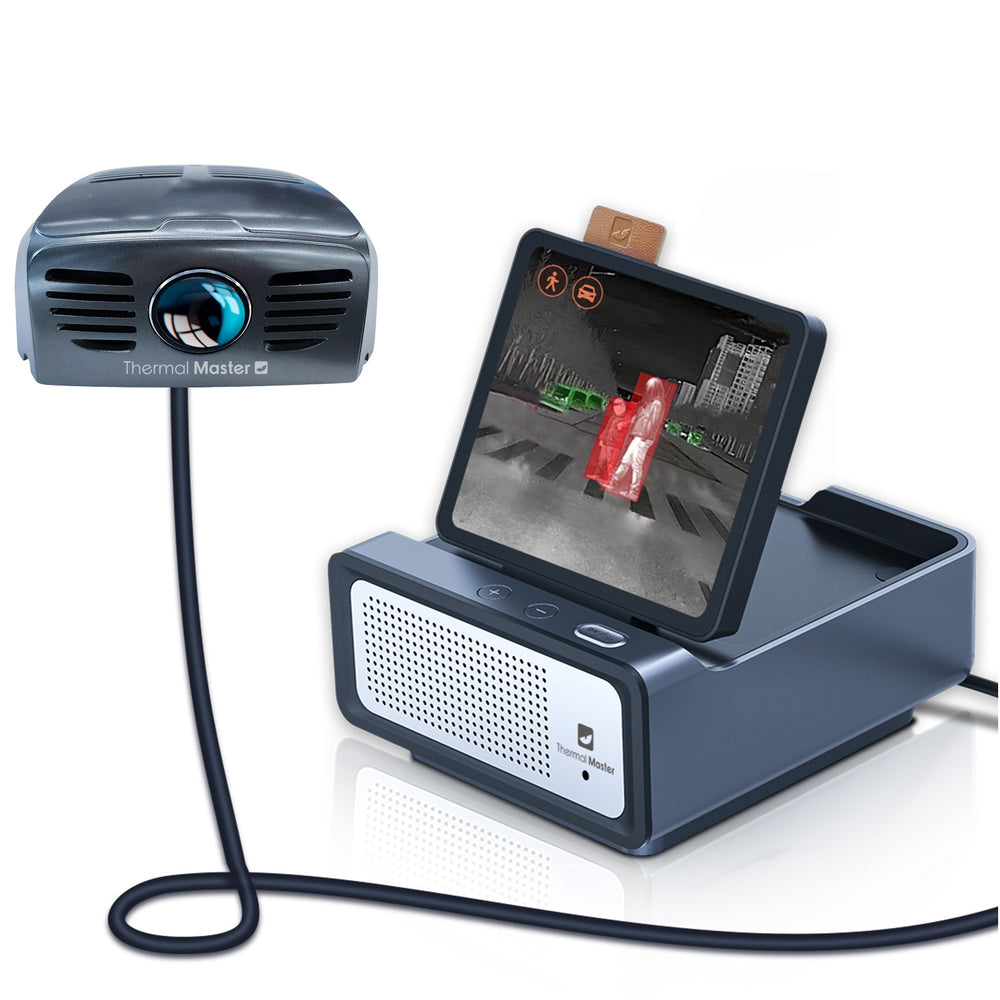


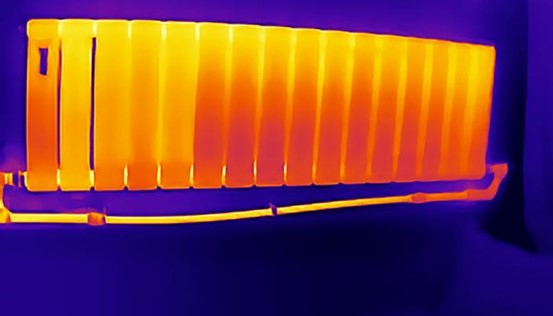
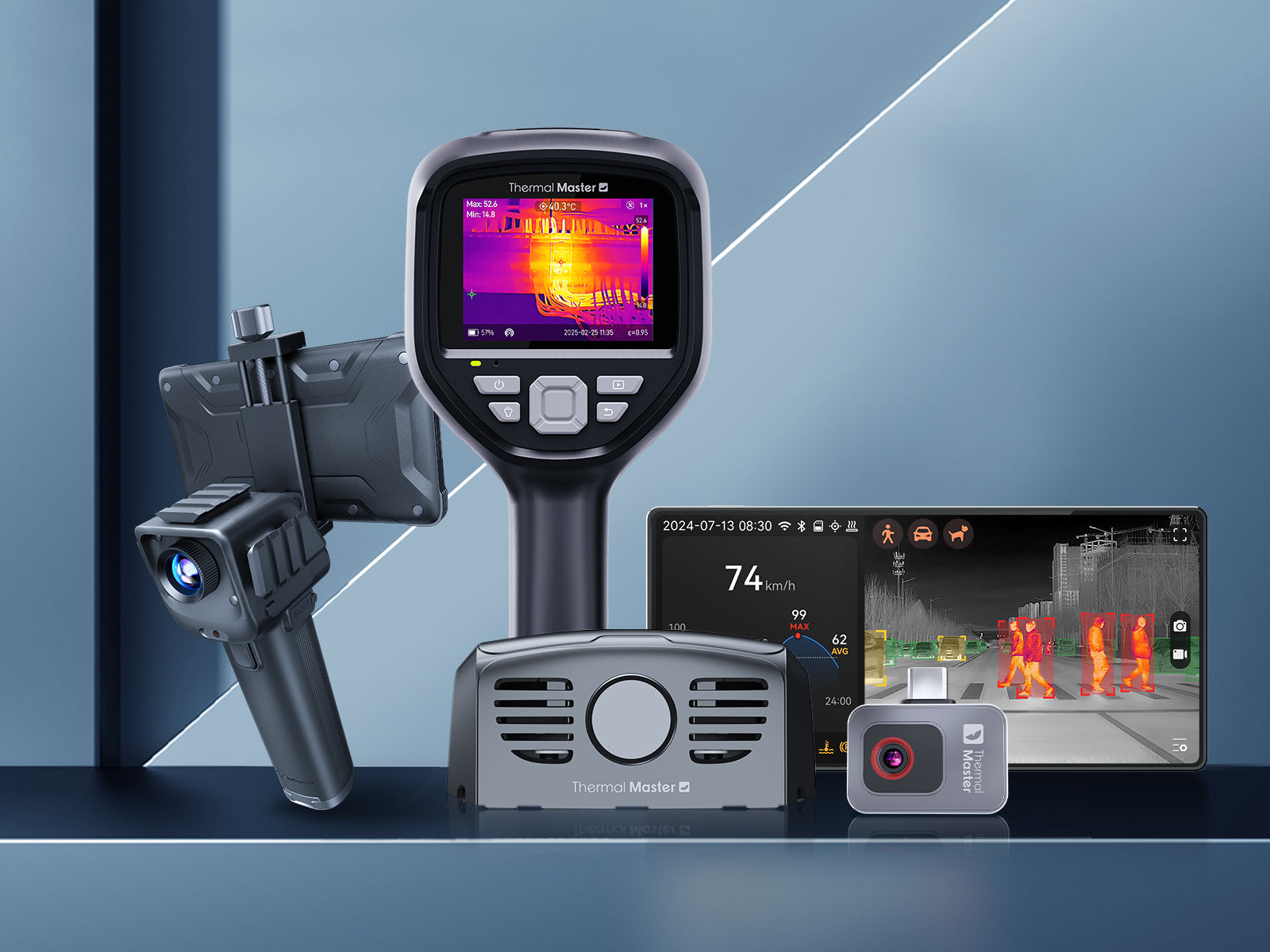
Hinterlasse einen Kommentar
Alle Kommentare werden vor der Veröffentlichung geprüft.
Diese Website ist durch hCaptcha geschützt und es gelten die allgemeinen Geschäftsbedingungen und Datenschutzbestimmungen von hCaptcha.